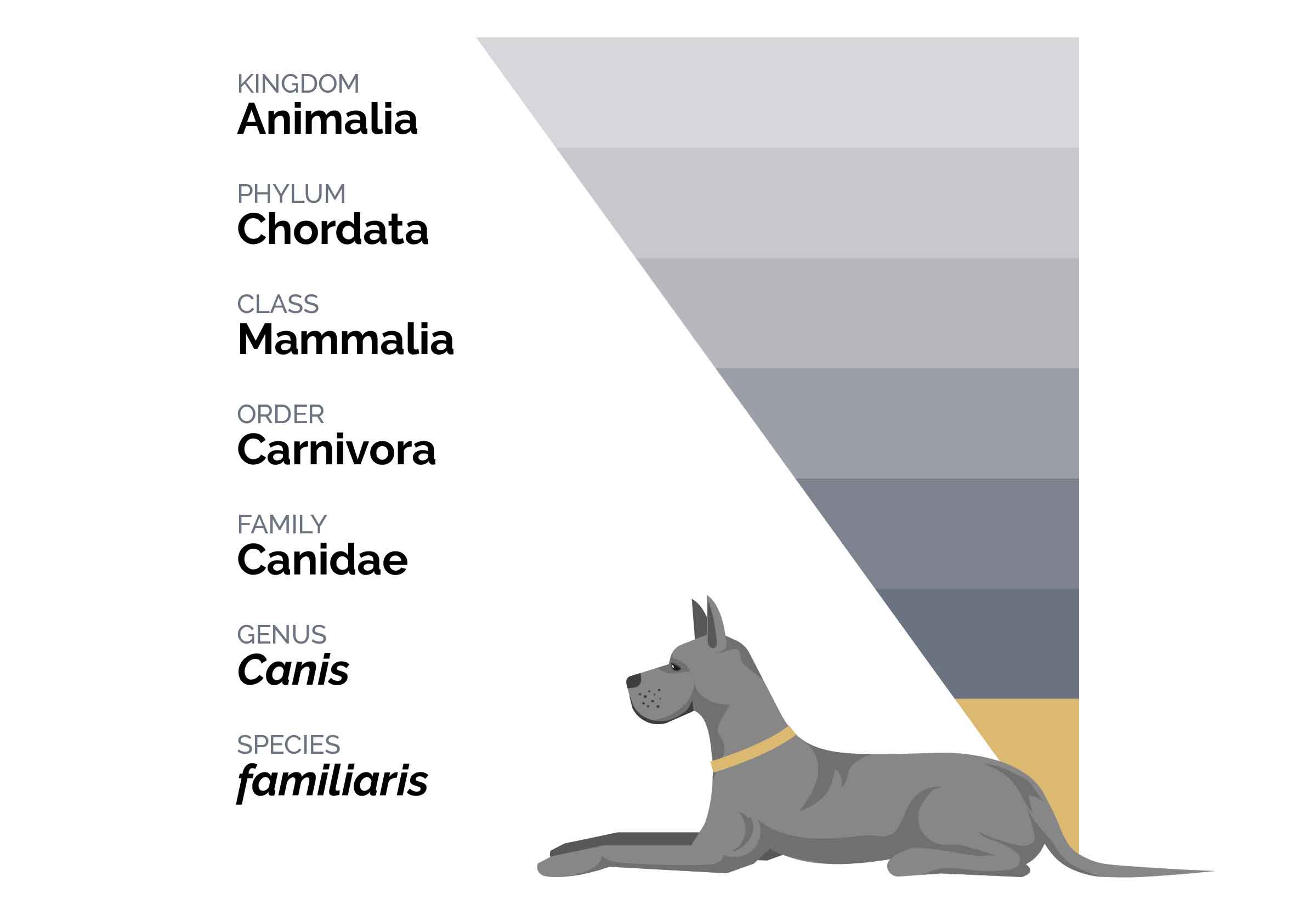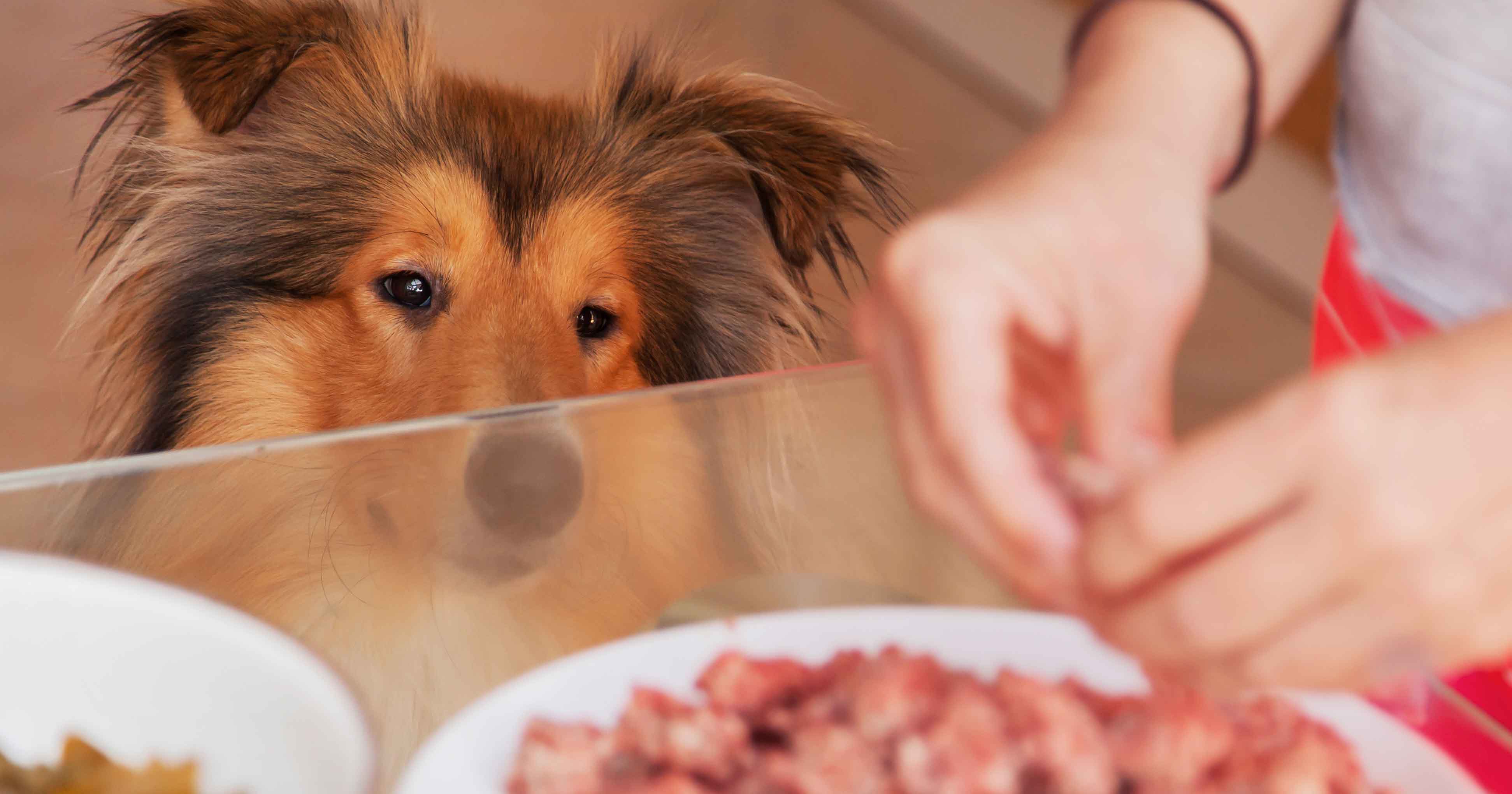Welcome to “Debarking Pet Myths,” our monthly series that addresses common myths, misconceptions and old wives’ tales about dogs and cats.
Are dogs carnivores, like their closest cousin the wolf?
Or are they omnivores, like the coyotes who scavenge berries and other plants when prey is hard to find?
Whether dogs are considered carnivores or omnivores is a topic of much debate. If you think dogs are carnivores, nutritionally speaking, you’re not alone. Many people believe that’s the case, and it doesn’t take much online searching to find arguments in support of dogs as carnivores, omnivores or even facultative (i.e., optional) or scavenging carnivores. So, what are dogs?
Dogs are omnivores.
(Actually, a more appropriate term for some dogs might be “opportunivore” because they’ll eat whatever they’re given an opportunity to consume!)
Here’s a brief review of what may contribute to people’s confusion and why scientists and nutritionists consider dogs to be omnivores.
Taxonomy is one source of confusion.
Remember learning about scientific names and classifications like kingdom, phylum, class and so forth during biology class? If so, then you learned a little about taxonomy. Biologists use this science to name, define and classify organisms into groups based on shared characteristics. Carnivora, an order within the kingdom of Animalia, is made up of about 280 diverse species, including dogs, cats, bears, wolves, raccoons, lions, tigers and giant pandas. Scientists often refer to the animals belonging to this order as carnivores.

Many people assume that because dogs (and cats) belong to the order Carnivora, they must be carnivores — that is, meat-eaters. That’s mostly true. However, not all members of Carnivora are obligate or true carnivores like cats, mink, seals and lions. Several animal species, such as bears and raccoons, are omnivores and the giant panda is considered a strict herbivore, or vegetarian.
Animals classed as Carnivora share a couple of key physical features involving their teeth. The most obvious ones are large carnassial teeth (fourth upper premolar and first lower molar) and large canine teeth (third incisors). Canine teeth help an animal to hold prey, while carnassial teeth are used to cut through muscle and tendons.
Nutritionists also use carnivore to describe nutrient needs and feeding behaviors.
Adding to the potential confusion is that nutritionists use carnivore to classify animals according to their nutrient needs and feeding behavior. Nutritionists consider dogs to be omnivores because they can get their essential nutrients from both plants and meat, like people and unlike cats. For example, dogs have an intestinal enzyme that converts the beta-carotene found in plants to active vitamin A. They can also convert linoleic acid, an essential fatty acid, to arachidonic acid at a high enough rate to meet their needs.
Many people who consider dogs to be carnivores point to dogs’ lack of salivary amylase, an enzyme that breaks down starch. However, amylase is produced by the canine pancreas and in regions of the small intestine. In a recent study, researchers compared the DNA from 12 wolves worldwide and from 60 dogs belonging to 14 breeds. What they found was that dogs have four to 30 copies of the gene (AMY2B) that codes for pancreatic amylase, which breaks down starch in the small intestine, while wolves have one copy. Another difference that they found was the AMY2B gene was more active in dogs than wolves. These genetic differences between dogs and wolves suggest that dogs should be better than wolves at digesting starches such as rice, potatoes and barley.
Yet another difference in dogs’ ability to digest starch was seen in the gene that codes for maltase, MGAM. Although dogs and wolves have the same number of gene copies, dogs produce longer versions of maltase, similar to those seen in herbivores. The longer dog maltase is more efficient than wolf maltase, which may also explain the ability of dogs to better digest starches in the diet.
The bottom line is that dogs have evolved to be better able to use nutrients from a wide variety of plant and animal sources, which makes them more accurately classified as omnivores than carnivores.
What does this mean for how dog owners should feed their dogs?
As an omnivore, your dog can obtain all the nutrients he or she needs by eating a food that combines ingredients from both meat and plant sources. Dogs prefer and probably are most healthy when at least part of their dietary protein is an animal-based source.
If you have any questions about your dog’s nutrition or the food that you’re feeding, be sure to talk with your veterinarian. Your veterinarian can help you determine what food and feeding plan works best for your dog.

RELATED POST: Nutrition Involves More Than Choosing a Pet Food
RELATED POST: Nutrients and Ingredients: Not Necessarily the Same







